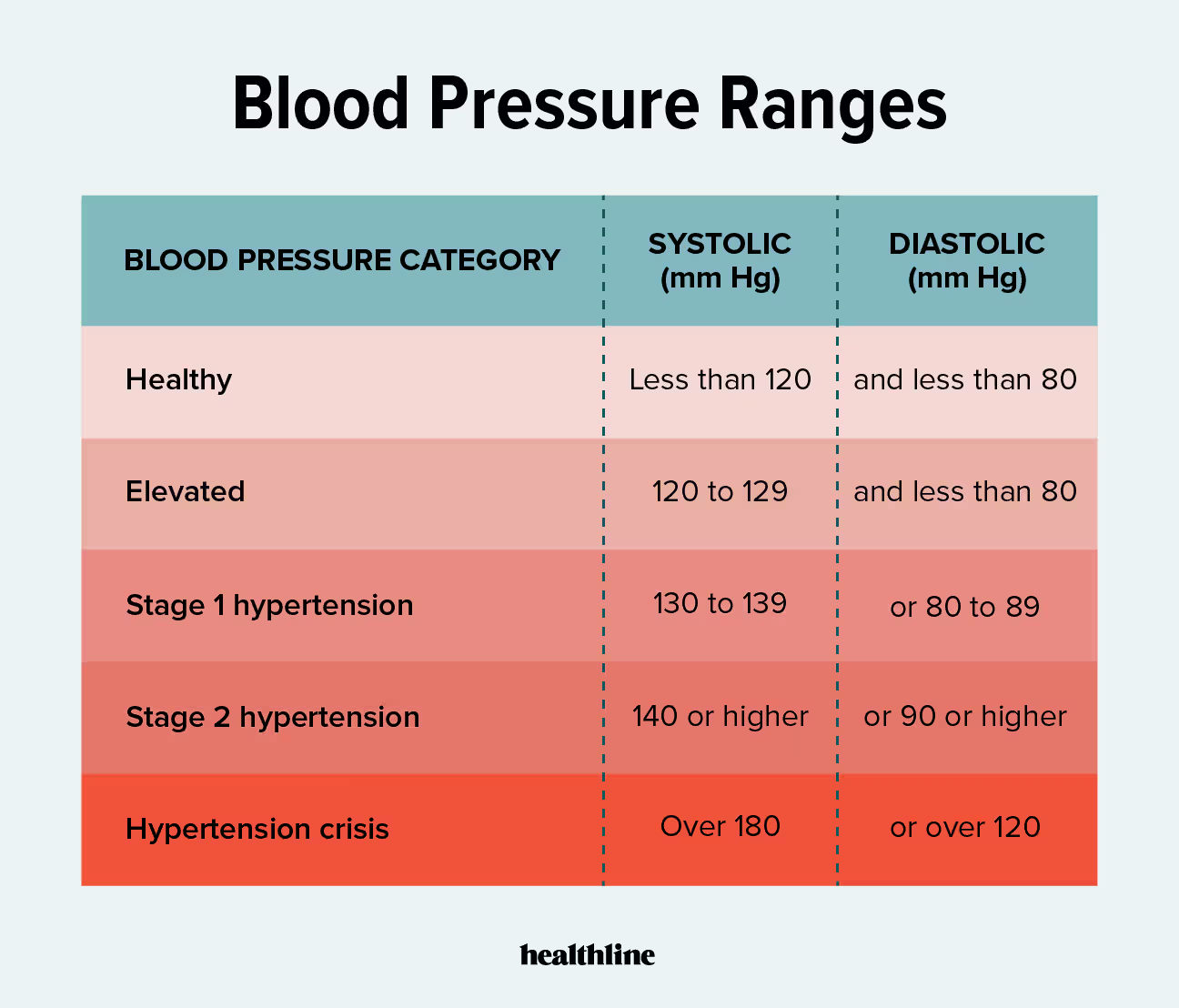Blood pressure fluctuates throughout the day depending on your body position, breathing, physical condition, medications, stress level, diet, and even
Blood pressure fluctuates throughout the day depending on your body position, breathing, physical condition, medications, stress level, diet, and even the time of day. This natural variation indicates a normal, active life. Typically, blood pressure is lowest during sleep and rises sharply upon waking.
What is Blood Pressure?
Blood pressure is the force exerted by circulating blood on the walls of blood vessels. It reflects how hard your heart works to pump blood through your arteries.
Blood pressure naturally rises and falls during the day. However, consistently high blood pressure can cause long-term health problems. It depends on the strength and rate of your heartbeat as well as the elasticity of your arterial walls.
Normal blood pressure is crucial because it ensures:
- Oxygen, nutrients, white blood cells, and hormones are delivered to all organs.
- Waste products like carbon dioxide are removed efficiently.
Without proper blood pressure, your body cannot function optimally.
Blood Pressure Chart
Blood pressure is measured in millimeters of mercury (mm Hg) and written as two numbers:
120/80 mm Hg
- Systolic pressure (top number): Pressure when the heart pumps blood.
- Diastolic pressure (bottom number): Pressure when the heart rests between beats.
| Systolic (mm Hg) | Diastolic (mm Hg) | Blood Pressure Category |
| ≤90 | ≤60 | Low BP (Hypotension) |
| 91–119 | 61–79 | Normal BP |
| 120–129 | <80 | Elevated BP |
| 130–139 | 80–89 | Stage 1 Hypertension |
| ≥140 | ≥90 | Stage 2 Hypertension |
| >180 | >120 | Hypertensive Crisis* |
*Seek emergency care immediately.
Normal Blood Pressure Range
- 90/60 to 120/80 mm Hg: Considered normal for adults.
- 120/80 to 139/89 mm Hg: Elevated (Stage 1 Hypertension). Lifestyle changes may be recommended.
High Blood Pressure (Hypertension)
Hypertension occurs when blood pressure readings consistently exceed 140/90 mm Hg. It strains the heart and arteries, increasing risks of:
- Stroke
- Heart attack
- Kidney problems
- Dementia
About 1 in 3 U.S. adults (approx. 75 million) have high blood pressure, often without noticeable symptoms, earning it the nickname “silent killer.”
Low Blood Pressure (Hypotension)
A reading below 90/60 mm Hg is considered low. Causes include dehydration, chronic conditions, and certain medications. Symptoms may include:
- Dizziness
- Fainting
- Nausea
- Blurred vision
Severe hypotension can be life-threatening, so monitoring and treatment are crucial.
Risk Factors & Causes of Hypertension
Several factors can increase your risk of high blood pressure:
- Overweight or obesity
- High sodium intake
- Low potassium intake
- Vitamin D deficiency
- High cholesterol
- Sedentary lifestyle
- Excessive alcohol consumption
- Chronic conditions (diabetes, kidney disease, sleep apnea)
- Stress
Signs & Symptoms of High Blood Pressure
Most individuals with blood pressure 140/90–180/120 mm Hg do not experience symptoms, making regular monitoring essential.
A hypertensive crisis (≥180/120 mm Hg) is a medical emergency and may cause:
- Headache
- Dizziness
- Nausea or vomiting
- Blurred vision
- Nosebleeds
- Heart palpitations
- Shortness of breath
If these symptoms occur, seek medical attention immediately.
Conclusion
Monitoring blood pressure is vital for long-term health. Maintaining a normal range helps prevent serious conditions like stroke, heart disease, and kidney problems. Regular checks, healthy lifestyle choices, and understanding risk factors can protect your cardiovascular health.


COMMENTS